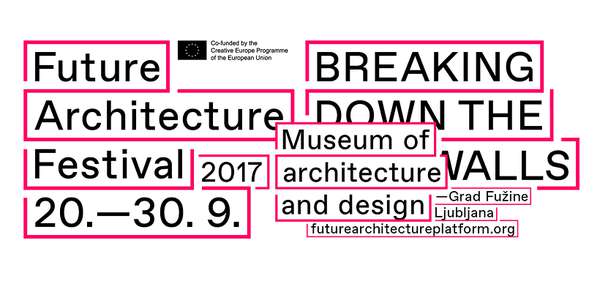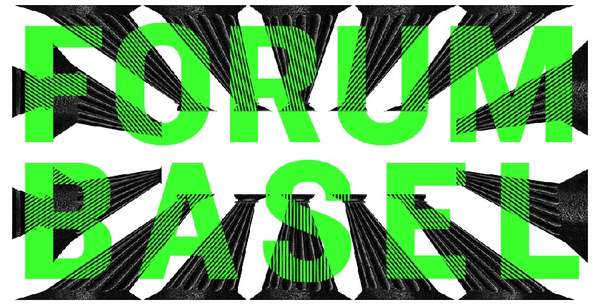Idea by
Felipe De Ferrari (CL), Kim Courrèges (FR), Thomas Batzenschlager (FR)
Plan Común
Call for ideas 2017
Micropolis
Micropolis
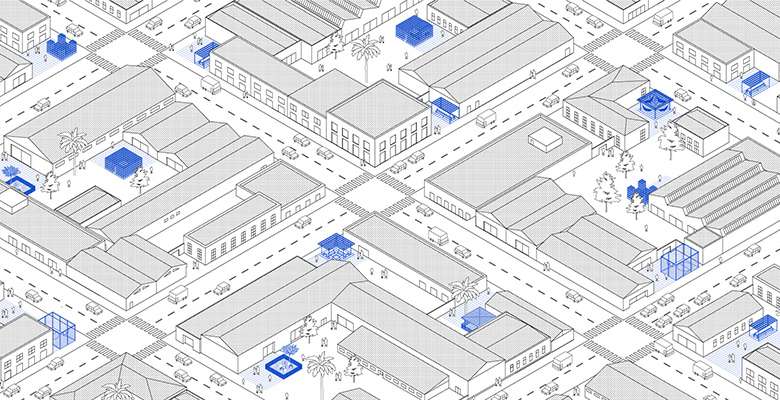
In reclaiming the right to the city, all scales and spatial relations are important.
‘Micropolis’ is a transformative concept for public space, operating at human scale, involving little investment and short time frame, taking advantage of small plots, disused public spaces or residual areas, promoting collective uses.
The micro public devices -midway between urban equipments and public space projects- suggest a new way to understand human relations and to relate with the context: they are small 'common places' defined by architecture, encouraging inhabitants to have an active attitude towards and within public space. They would operate as mediators between the cultural institutions and the local communities, and serve as prototypes, adaptable and reproducible to different situations and urban contexts, once they prove to be successful.
This proposal was originated after the experiments developed in the context of ‘Common Places’, already supported by FAP in 2016.
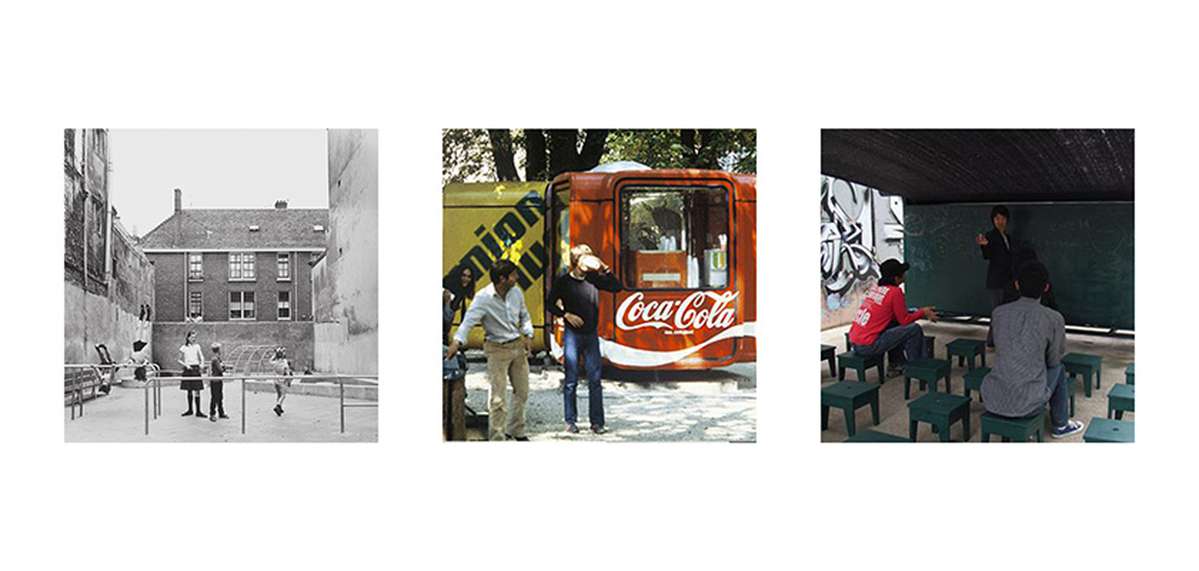
This kind of strategies is relevant for the future of architecture and its role in gathering people. In fact, it is inspired by the pioneer work of some architects through recent history: from the playgrounds by Aldo Van Eyck to the micro-public spaces by Atelier Bow-Wow, or the series of equipments for public space by Slovenian architect and designer Saša Mächtig –kiosks, trash cans, information panels, bus stops, etc.-.
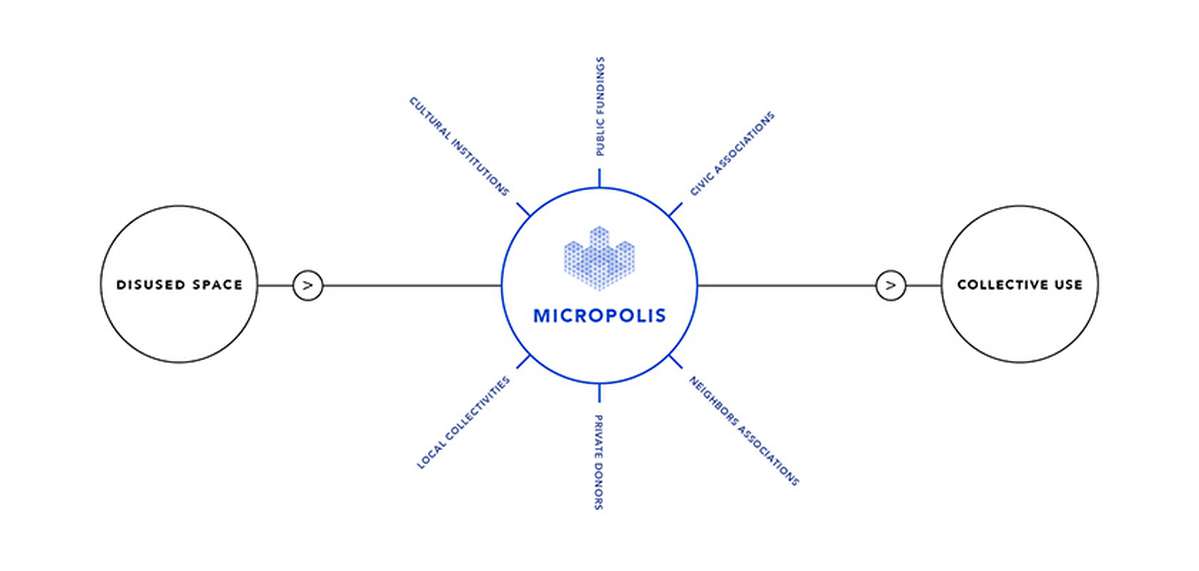
A public operation led by the interested cultural institutions members of FAP. For each one we will take the chance to talk with neighbors, civic associations, institutions and donors in order to make the interventions feasible –something we already tested last year-. They will be designed to be easily dismantled but our hope is that they remain as permanent infrastructure for the city. The process will be extremely rich and realizable in short time –2-3 months from design to construction.
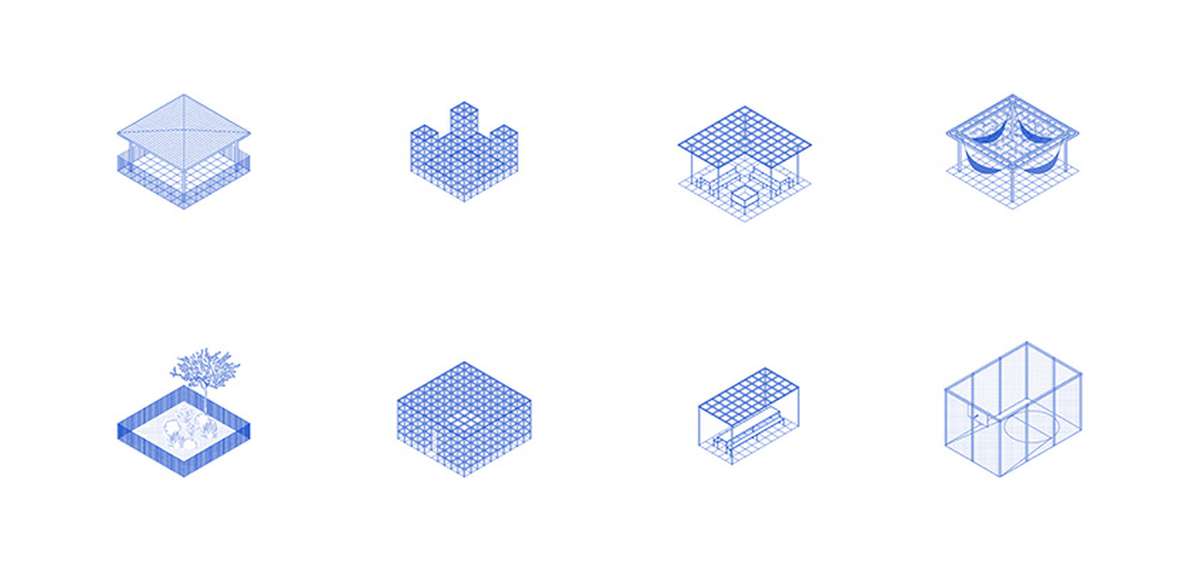
The micro public devices will have a maximum area of 50 m² and an area of direct influence of around 100 m². The locations will be defined together with the interested institutions according to their public program. They will be all directly accessible from pubic space and will offer different kinds of uses -playing, gardening, working, or just wasting time-: an opportunity to reflect on old and new human relations. A strategic approach towards collective and common activities within cities.
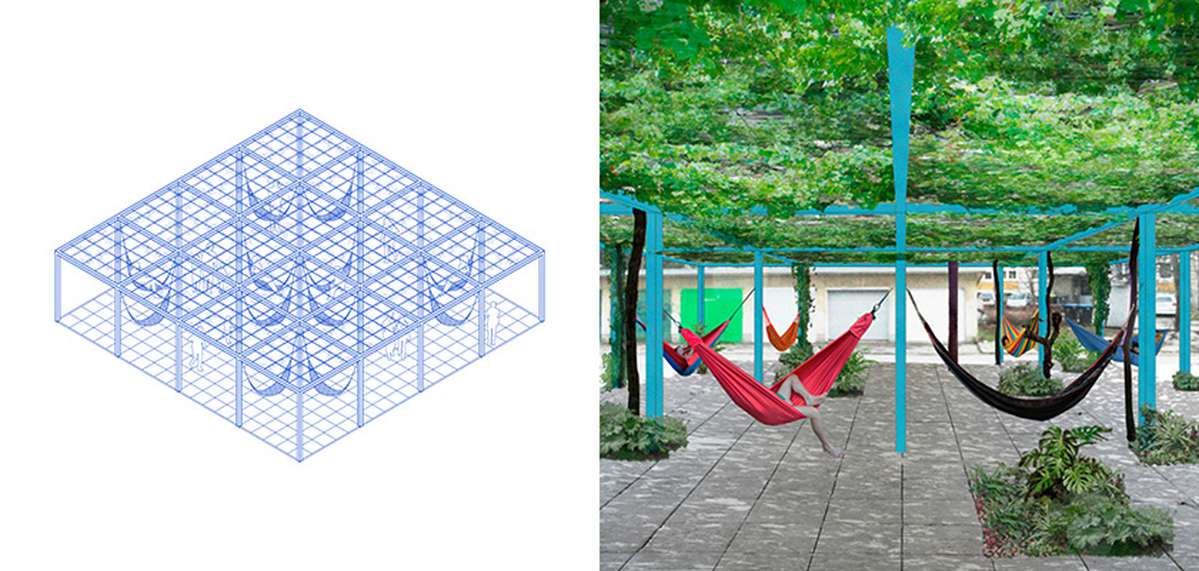
The relation within citizens in public space is constantly undermined by a lack of confidence and distrust against everything around us: a series of activities that once happened outside are now condemned to private indoors. We propose a public space designed specifically to offer a place to have a casual nap within the urban fabric. An invitation to a change of attitude by citizens towards public space: dreaming and sleeping collectively.
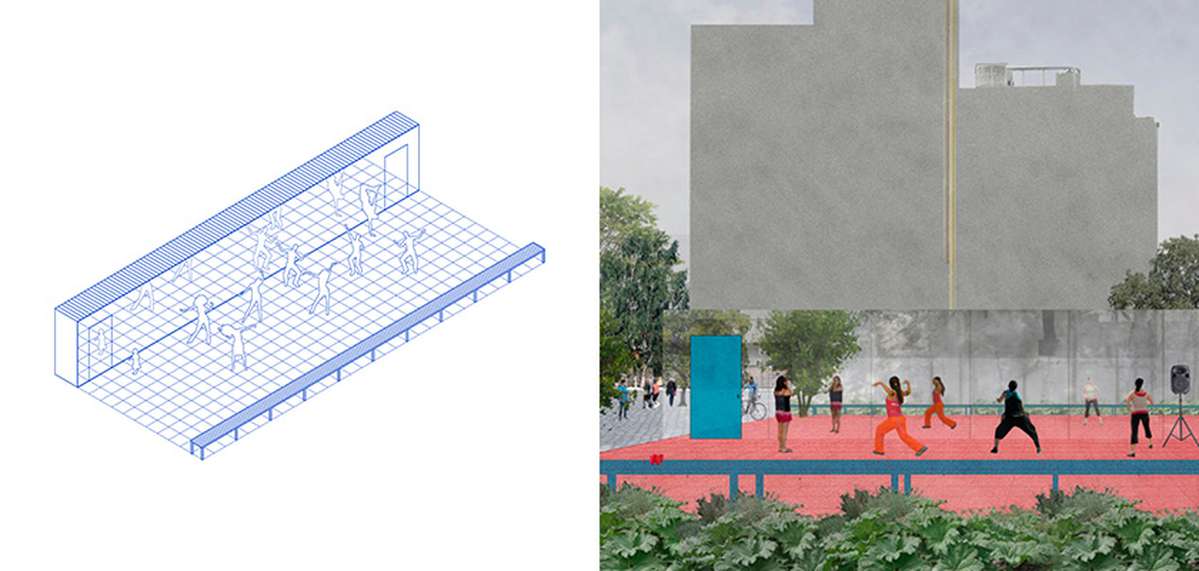
The relation with public space is constantly undermined by bureaucracy and by the consequences
of commoditization of all spheres of our lives. We would like to reclaim outdoor spaces by collective uses that could make visible the multicultural diversity in a physical way.
Architecture as a basic framework for a specific collective activity. Social cohesion defined by the movement of people: dance.
Micropolis
Micropolis

In reclaiming the right to the city, all scales and spatial relations are important.
‘Micropolis’ is a transformative concept for public space, operating at human scale, involving little investment and short time frame, taking advantage of small plots, disused public spaces or residual areas, promoting collective uses.
The micro public devices -midway between urban equipments and public space projects- suggest a new way to understand human relations and to relate with the context: they are small 'common places' defined by architecture, encouraging inhabitants to have an active attitude towards and within public space. They would operate as mediators between the cultural institutions and the local communities, and serve as prototypes, adaptable and reproducible to different situations and urban contexts, once they prove to be successful.
This proposal was originated after the experiments developed in the context of ‘Common Places’, already supported by FAP in 2016.
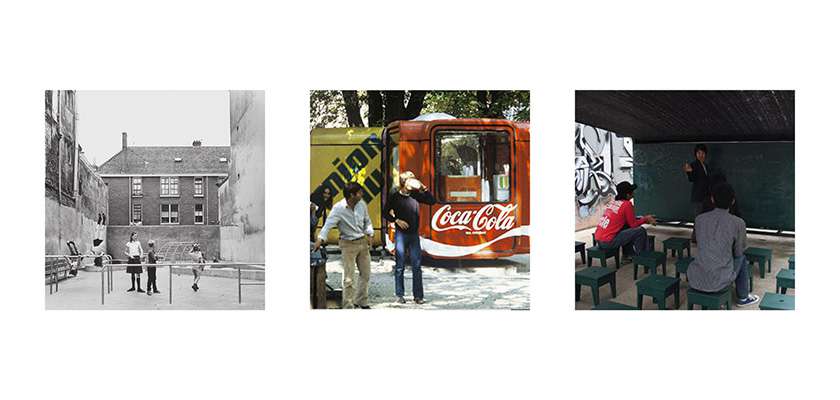
This kind of strategies is relevant for the future of architecture and its role in gathering people. In fact, it is inspired by the pioneer work of some architects through recent history: from the playgrounds by Aldo Van Eyck to the micro-public spaces by Atelier Bow-Wow, or the series of equipments for public space by Slovenian architect and designer Saša Mächtig –kiosks, trash cans, information panels, bus stops, etc.-.
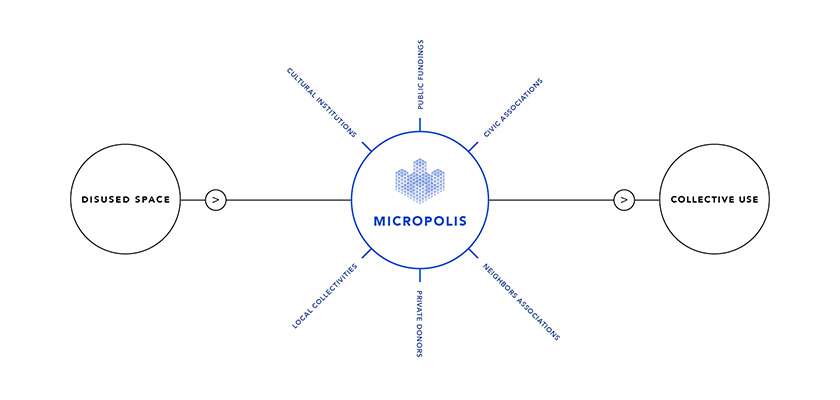
A public operation led by the interested cultural institutions members of FAP. For each one we will take the chance to talk with neighbors, civic associations, institutions and donors in order to make the interventions feasible –something we already tested last year-. They will be designed to be easily dismantled but our hope is that they remain as permanent infrastructure for the city. The process will be extremely rich and realizable in short time –2-3 months from design to construction.
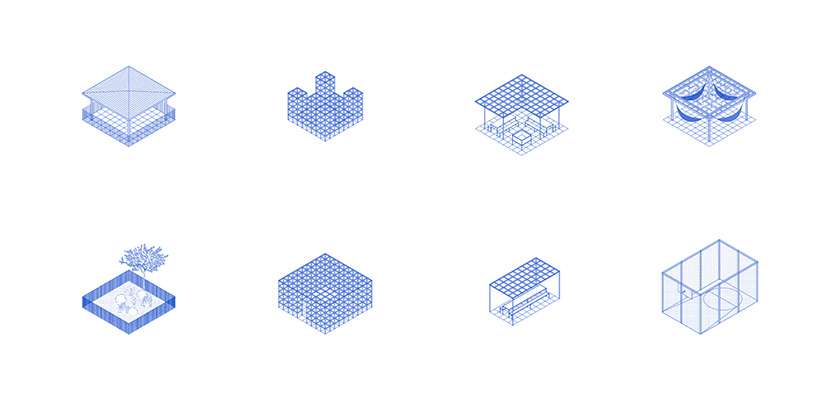
The micro public devices will have a maximum area of 50 m² and an area of direct influence of around 100 m². The locations will be defined together with the interested institutions according to their public program. They will be all directly accessible from pubic space and will offer different kinds of uses -playing, gardening, working, or just wasting time-: an opportunity to reflect on old and new human relations. A strategic approach towards collective and common activities within cities.
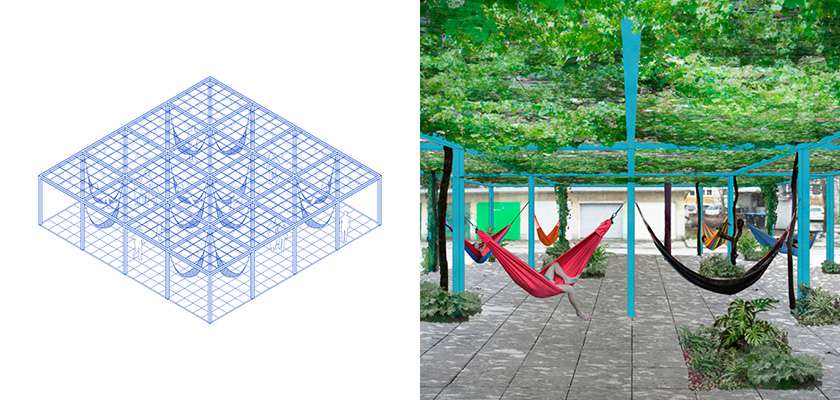
The relation within citizens in public space is constantly undermined by a lack of confidence and distrust against everything around us: a series of activities that once happened outside are now condemned to private indoors. We propose a public space designed specifically to offer a place to have a casual nap within the urban fabric. An invitation to a change of attitude by citizens towards public space: dreaming and sleeping collectively.
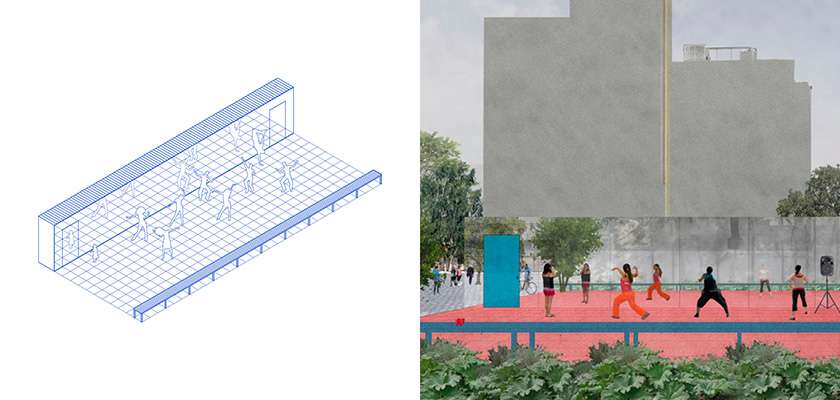
The relation with public space is constantly undermined by bureaucracy and by the consequences
of commoditization of all spheres of our lives. We would like to reclaim outdoor spaces by collective uses that could make visible the multicultural diversity in a physical way.
Architecture as a basic framework for a specific collective activity. Social cohesion defined by the movement of people: dance.
